Home>Gardening & Outdoor>Pool & Spa Care>How Do You Lower The Chlorine Level In A Hot Tub
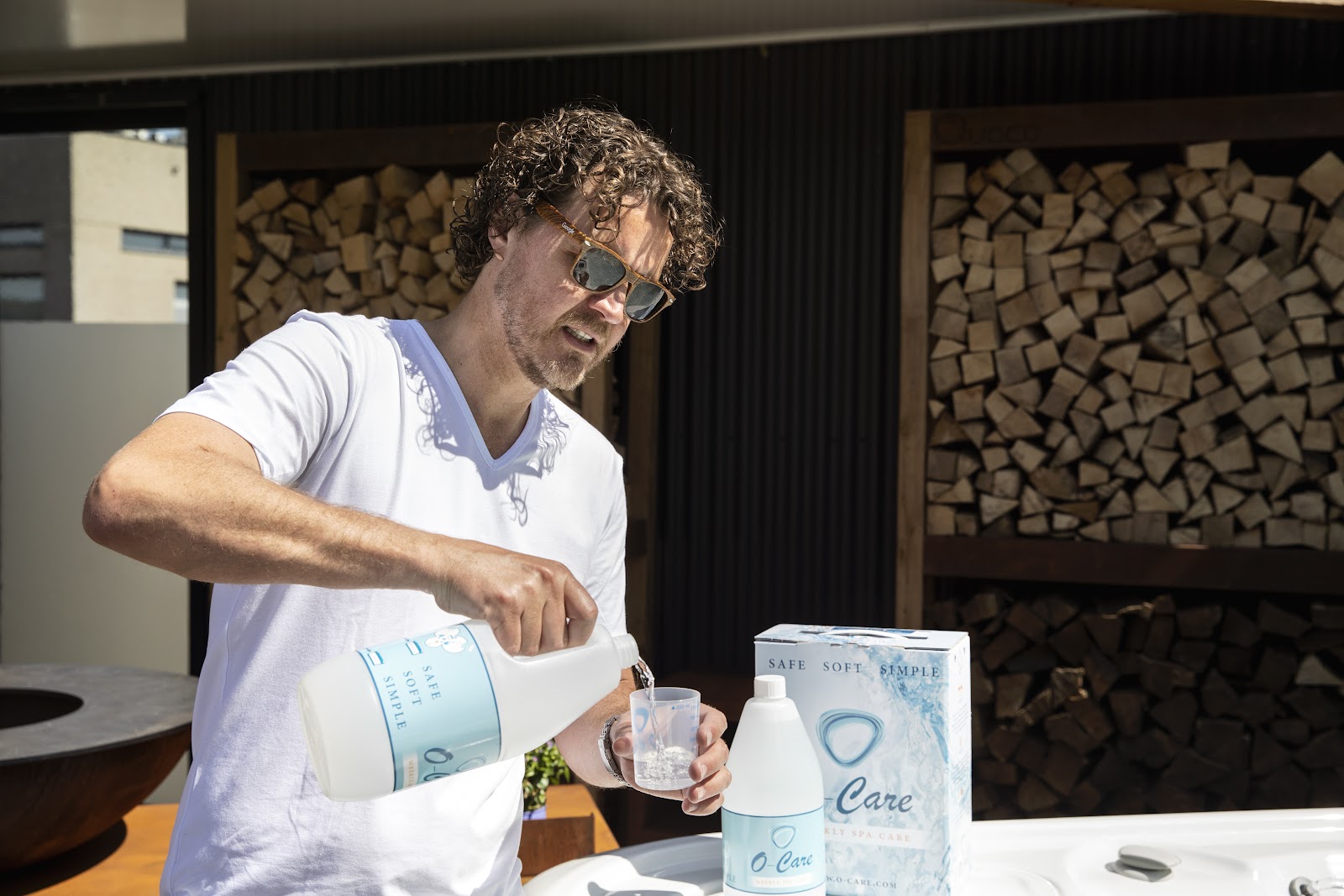

Pool & Spa Care
How Do You Lower The Chlorine Level In A Hot Tub
Modified: March 6, 2024
Learn effective methods to lower the chlorine level in your hot tub and maintain optimal pool and spa care. Follow these expert tips for a clean and balanced water environment.
(Many of the links in this article redirect to a specific reviewed product. Your purchase of these products through affiliate links helps to generate commission for Storables.com, at no extra cost. Learn more)
Introduction: Understanding the Importance of Maintaining the Proper Chlorine Level in Your Hot Tub
So, you’ve invested in a luxurious hot tub to unwind and soak away the stresses of the day. You’ve got the perfect temperature, the soothing jets, and the ideal ambiance. But to truly enjoy your hot tub and ensure a safe and healthy experience, it’s crucial to maintain the proper chlorine level. Chlorine plays a vital role in keeping your hot tub water clean and free from harmful bacteria and contaminants. However, maintaining the chlorine level within the recommended range is key to striking the right balance between sanitation and comfort.
Without the appropriate chlorine level, your hot tub water could become a breeding ground for bacteria and algae, leading to cloudy, odorous, and potentially unsafe conditions. On the other hand, excessive chlorine levels can cause skin and eye irritation, as well as corrode the hot tub’s equipment and surfaces. Therefore, understanding how to lower the chlorine level in your hot tub when it’s too high is essential for both the longevity of your hot tub and the well-being of its users.
Throughout this guide, we’ll explore the step-by-step process of testing and adjusting the chlorine level in your hot tub, ensuring that you can enjoy a clean, safe, and rejuvenating soak every time you step into your oasis of relaxation.
Key Takeaways:
- Regularly test and adjust the chlorine level in your hot tub to keep the water clean and safe. Use test strips and a chlorine neutralizer to maintain the ideal balance for a relaxing soak.
- After adding a chlorine neutralizer, run the hot tub’s circulation system to evenly distribute the treatment. Retest the chlorine level to ensure it falls within the recommended range for a pristine and enjoyable hot tub experience.
Read more: How To Lower Chlorine Level In Hot Tub
Testing the Chlorine Level: Using Test Strips or a Testing Kit to Measure the Current Chlorine Level in Your Hot Tub
Before taking any steps to lower the chlorine level in your hot tub, it’s essential to accurately assess the current level of chlorine present in the water. This can be easily accomplished by using test strips or a testing kit specifically designed for hot tub water testing. These tools allow you to gauge the chlorine level, pH balance, and other crucial water parameters, providing valuable insights into the overall quality of your hot tub water.
When using test strips, simply dip a strip into the hot tub water for a few seconds and then compare the color changes on the strip to the provided color chart. This will indicate the concentration of free chlorine in the water. Alternatively, a testing kit may involve collecting a water sample and adding reagents to observe color changes, providing a more precise measurement of the chlorine level.
It’s important to conduct the chlorine level test at multiple locations within the hot tub to ensure an accurate representation of the overall water quality. Areas such as near the water return inlet and in the center of the hot tub should be tested to account for any potential variations in chlorine distribution.
By regularly testing the chlorine level, you can proactively monitor the water quality and take timely corrective actions to maintain a safe and enjoyable hot tub experience. Once you have a clear understanding of the current chlorine level, you can proceed to the next steps of adjusting and optimizing the chlorine concentration to align with the recommended range for hot tubs.
Adjusting the Chlorine Level: Adding a Chlorine Neutralizer to Lower the Chlorine Level in the Hot Tub
If the chlorine level in your hot tub exceeds the recommended range, it’s essential to take corrective measures to bring it back within the optimal parameters. One effective method for lowering the chlorine level is to introduce a chlorine neutralizer into the hot tub water. Chlorine neutralizers, also known as chlorine reducers, are specially formulated products designed to rapidly lower the concentration of free chlorine in the water, restoring it to a safe and comfortable level.
When selecting a chlorine neutralizer, it’s crucial to choose a product specifically formulated for hot tubs. These neutralizers are designed to work efficiently within the unique environment of a hot tub, ensuring that the water quality is maintained without causing any adverse effects on the hot tub’s components or the individuals enjoying the spa.
The application of a chlorine neutralizer typically involves carefully following the manufacturer’s instructions for the product. This may include adding the appropriate amount of neutralizer directly to the hot tub water while the circulation system is running, allowing for thorough mixing and distribution of the neutralizer throughout the entire volume of water. It’s important to ensure that the neutralizer is evenly dispersed to achieve consistent results.
After adding the chlorine neutralizer, it’s advisable to wait for the recommended duration specified by the product instructions to allow the neutralizer to effectively reduce the chlorine concentration. During this time, the hot tub’s circulation system should continue running to facilitate the even distribution of the neutralizer and promote the desired reduction in chlorine levels.
By incorporating a chlorine neutralizer into your hot tub maintenance routine, you can effectively address elevated chlorine levels and restore the water to a balanced and safe state, ensuring that your hot tub remains a source of relaxation and rejuvenation for all who indulge in its soothing waters.
To lower the chlorine level in a hot tub, you can use a chlorine neutralizer or add hydrogen peroxide. Be sure to follow the product instructions carefully to avoid overcompensating.
Circulating the Water: Running the Hot Tub’s Circulation System to Evenly Distribute the Neutralizer and Lower the Chlorine Level
Once the chlorine neutralizer has been added to the hot tub water to lower the chlorine level, it’s crucial to facilitate the thorough distribution of the neutralizer throughout the entire volume of water. Achieving uniform dispersion of the neutralizer is essential for effectively reducing the chlorine concentration and ensuring that the water quality is restored to a safe and comfortable level.
To accomplish this, it’s necessary to activate the hot tub’s circulation system, which comprises the pump and filtration components responsible for continuously circulating and filtering the water. Running the circulation system serves to agitate the water, promoting the mixing and dispersion of the added chlorine neutralizer. This ensures that the neutralizer is evenly distributed and can effectively interact with the excess chlorine present in the water.
During the circulation process, the hot tub water undergoes thorough mixing, allowing the chlorine neutralizer to interact with the excess chlorine molecules and facilitate the reduction of the chlorine concentration. The circulation system’s action helps to homogenize the water, preventing localized pockets of high chlorine levels and ensuring that the neutralizer can uniformly address the chlorine imbalance throughout the entire hot tub.
It’s advisable to run the hot tub’s circulation system for a sufficient duration as recommended by the neutralizer manufacturer or based on industry best practices to allow for comprehensive mixing and distribution. This duration may vary depending on the specific product used and the volume of water in the hot tub, and adhering to the prescribed timeframe is essential to maximize the effectiveness of the chlorine reduction process.
By diligently running the hot tub’s circulation system following the addition of a chlorine neutralizer, you can promote the even distribution of the neutralizer and expedite the process of lowering the chlorine level, ultimately restoring the water to an optimal state for safe and enjoyable use. This proactive approach to water circulation and treatment contributes to the overall maintenance of a pristine and inviting hot tub environment.
Retesting the Chlorine Level: Using Test Strips or a Testing Kit to Confirm That the Chlorine Level Has Been Lowered to the Desired Range
After adding a chlorine neutralizer and allowing the hot tub’s circulation system to evenly distribute the neutralizer, it’s essential to verify that the chlorine level has been successfully lowered to the recommended range. This verification process involves conducting a follow-up chlorine level test using test strips or a testing kit to assess the current state of the water and ensure that it aligns with the optimal chlorine concentration for hot tub use.
Using test strips, dip a strip into the hot tub water for a few seconds and compare the resulting color changes to the provided color chart. This will indicate the concentration of free chlorine in the water. If a testing kit is utilized, follow the manufacturer’s instructions for collecting a water sample and adding the necessary reagents to determine the chlorine level. Testing the water at multiple locations within the hot tub, including near the water return inlet and in the center of the tub, ensures a comprehensive assessment of the chlorine distribution.
Upon conducting the chlorine level test, compare the results to the recommended range for hot tub chlorine levels, typically between 3-5 parts per million (ppm) for residential hot tubs. If the test indicates that the chlorine level remains higher than the desired range, additional treatment with a chlorine neutralizer may be necessary to further lower the concentration and achieve the optimal balance.
However, if the retest confirms that the chlorine level has been successfully lowered to the recommended range, you can proceed with confidence, knowing that the water is now within the ideal parameters for safe and enjoyable hot tub use. This diligent approach to retesting ensures that the chlorine level is accurately assessed and provides the necessary assurance that the water quality has been restored to an optimal state.
Regular monitoring and retesting of the chlorine level in your hot tub are essential components of effective maintenance, allowing you to promptly address any fluctuations and uphold the quality and safety of the hot tub water. By incorporating retesting into your routine maintenance practices, you can sustain a pristine and inviting hot tub environment, ensuring a delightful and rejuvenating experience for all who partake in its soothing waters.
Read more: How Do You Lower The PH In A Hot Tub
Conclusion: Importance of Regular Monitoring and Maintenance to Ensure the Optimal Chlorine Level in Your Hot Tub
As a hot tub owner, maintaining the proper chlorine level is paramount to preserving a safe, clean, and inviting environment for relaxation and rejuvenation. By understanding the significance of regular monitoring and maintenance, you can effectively uphold the optimal chlorine level in your hot tub, ensuring a consistently enjoyable and hygienic experience for all who indulge in its soothing waters.
Regular monitoring of the chlorine level, pH balance, and other essential water parameters is fundamental to proactive hot tub maintenance. Utilizing test strips or a testing kit enables you to routinely assess the chlorine concentration, providing valuable insights into the water quality and facilitating timely corrective actions when necessary. This vigilant approach empowers you to swiftly address any deviations from the recommended chlorine range, safeguarding the well-being of hot tub users and the longevity of the hot tub itself.
When faced with elevated chlorine levels, the strategic application of a chlorine neutralizer offers an effective solution for lowering the concentration and restoring the water to a comfortable and safe state. By following the manufacturer’s instructions and diligently running the hot tub’s circulation system to evenly distribute the neutralizer, you can expedite the process of chlorine reduction and promote a balanced water environment conducive to relaxation and well-being.
The importance of retesting the chlorine level following the application of a neutralizer cannot be overstated. This critical step provides the necessary validation that the chlorine level has been successfully lowered to the desired range, offering assurance that the water quality meets the standards for safe and enjoyable hot tub use. Regular retesting serves as a safeguard against potential fluctuations in chlorine levels, allowing you to promptly address any residual imbalances and maintain a pristine hot tub environment.
Ultimately, the commitment to regular monitoring and maintenance reflects your dedication to creating a harmonious and inviting hot tub oasis. By prioritizing the optimal chlorine level and embracing a proactive approach to water quality management, you can cultivate an environment where tranquility and well-being converge, offering an escape from the rigors of daily life and a sanctuary for relaxation and rejuvenation.
Embracing the principles of diligent maintenance and attentive care empowers you to savor the countless benefits of your hot tub, knowing that the water is impeccably maintained and the chlorine level is optimized for a blissful and revitalizing experience. With each soak, you can immerse yourself in the pure luxury of pristine hot tub water, confident in the knowledge that your oasis of relaxation is meticulously tended to and ready to envelop you in its soothing embrace.
Frequently Asked Questions about How Do You Lower The Chlorine Level In A Hot Tub
Was this page helpful?
At Storables.com, we guarantee accurate and reliable information. Our content, validated by Expert Board Contributors, is crafted following stringent Editorial Policies. We're committed to providing you with well-researched, expert-backed insights for all your informational needs.
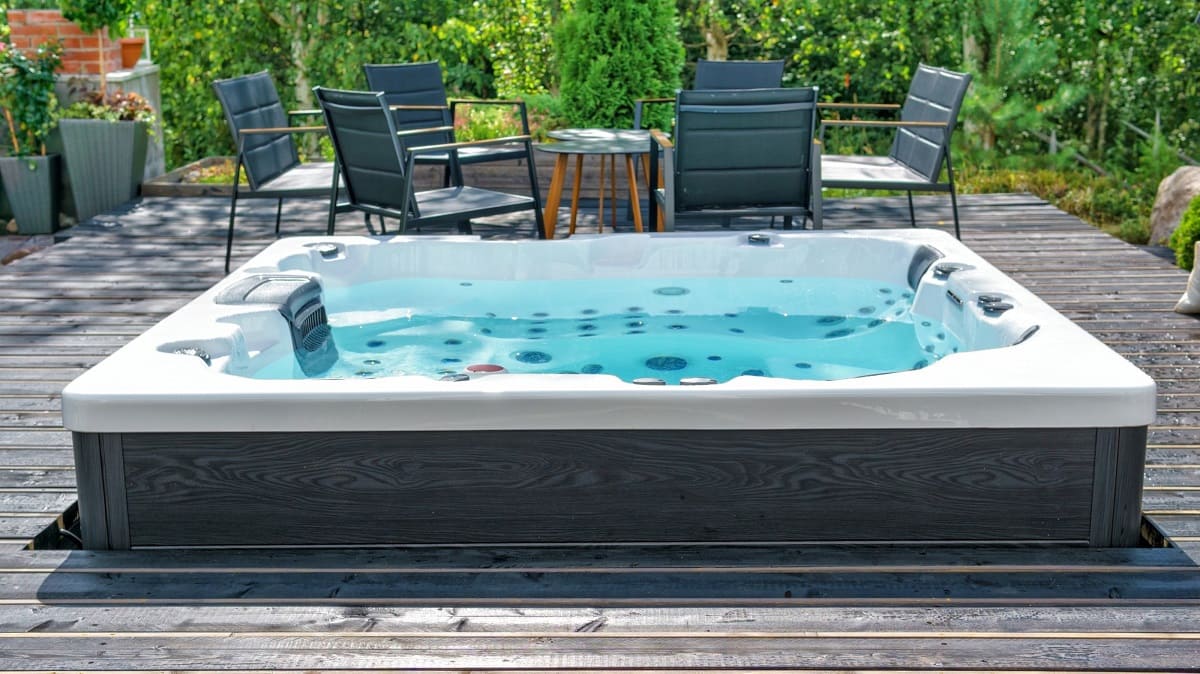
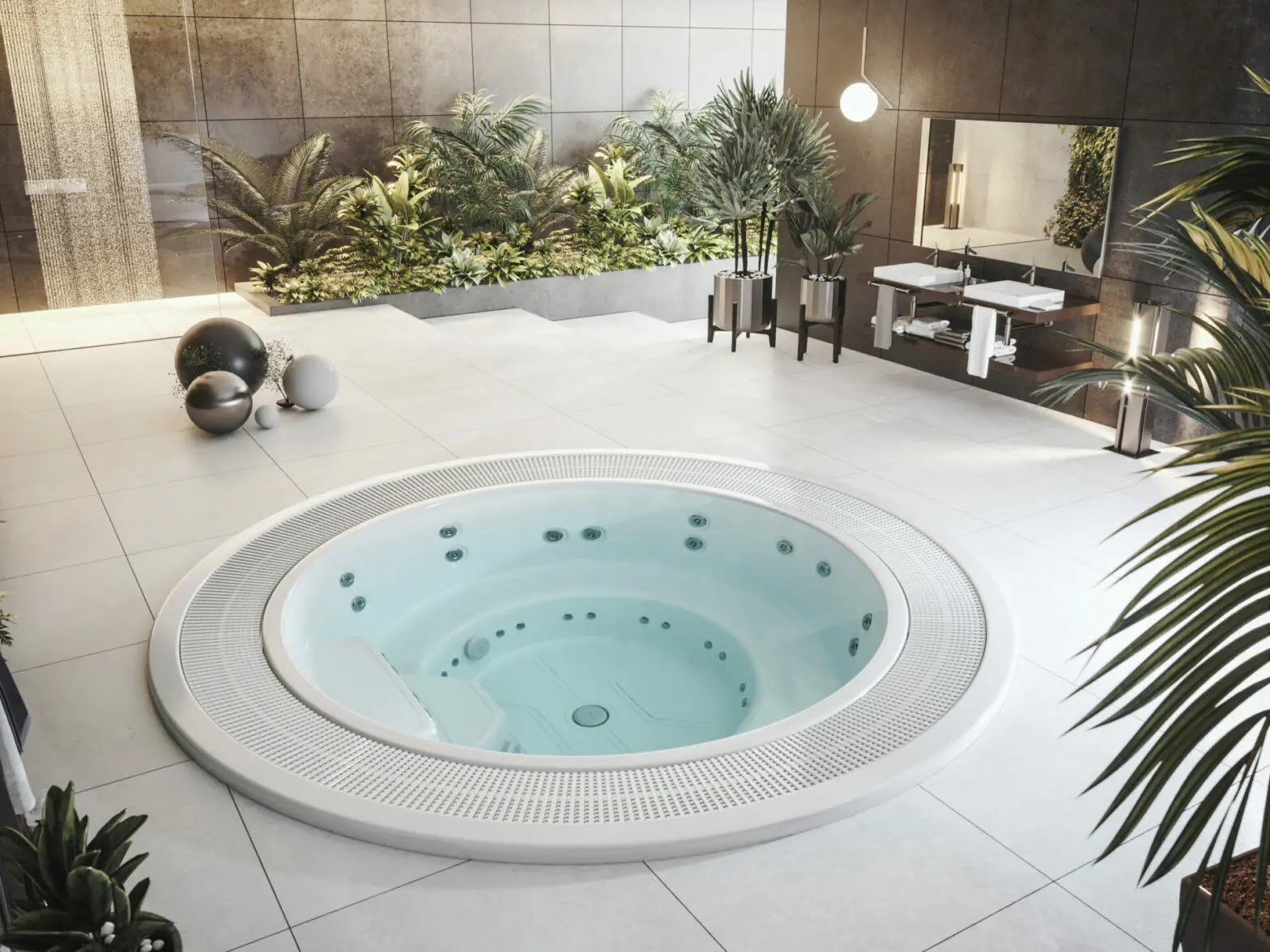
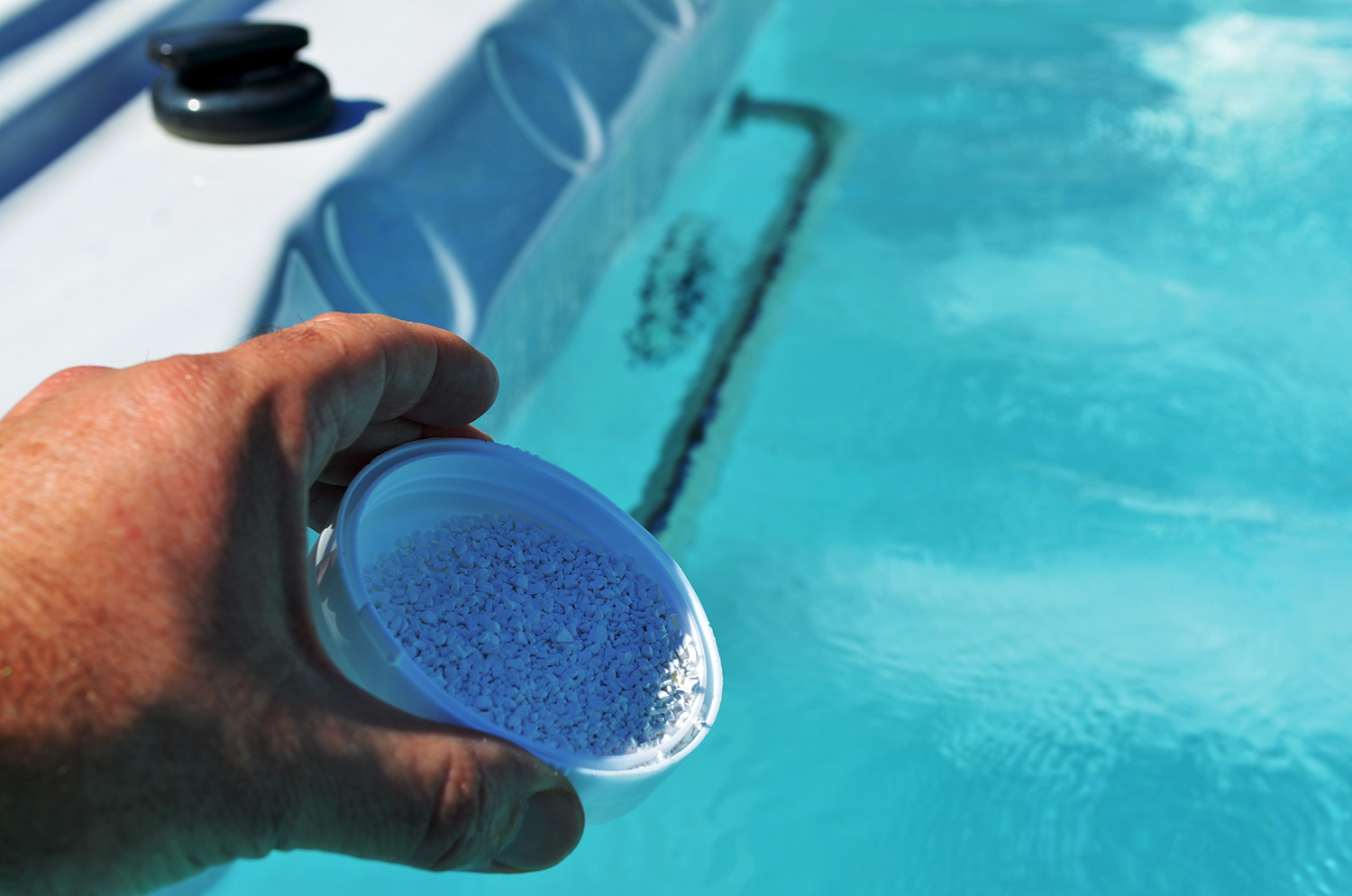
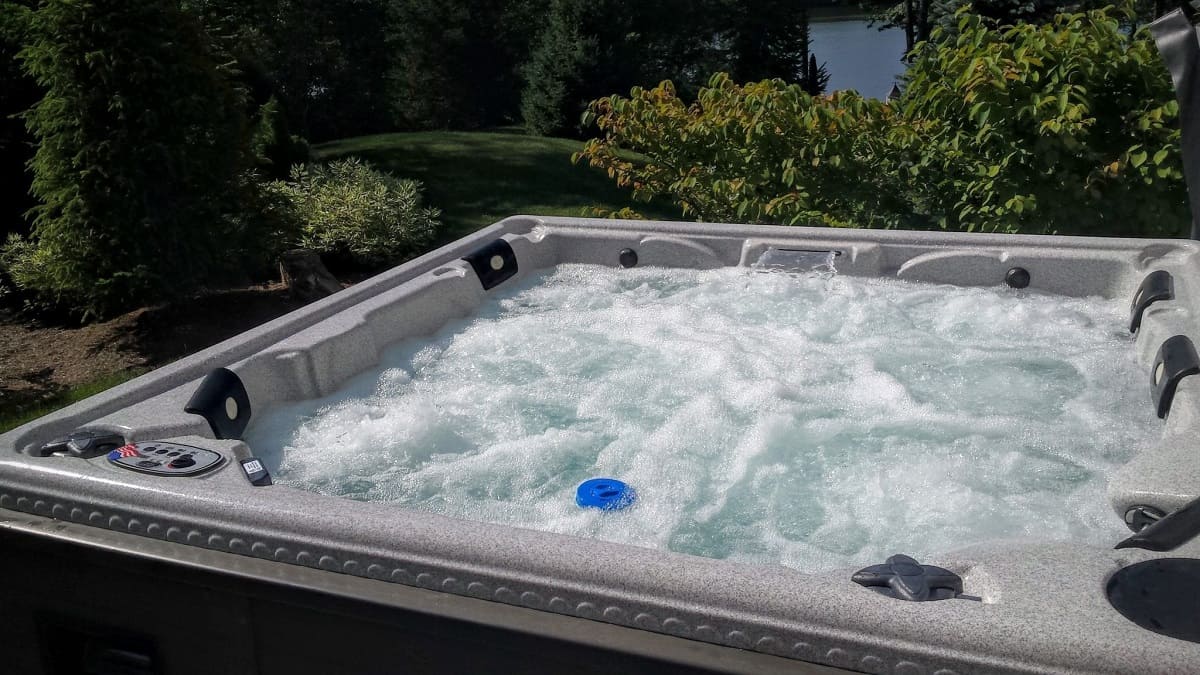
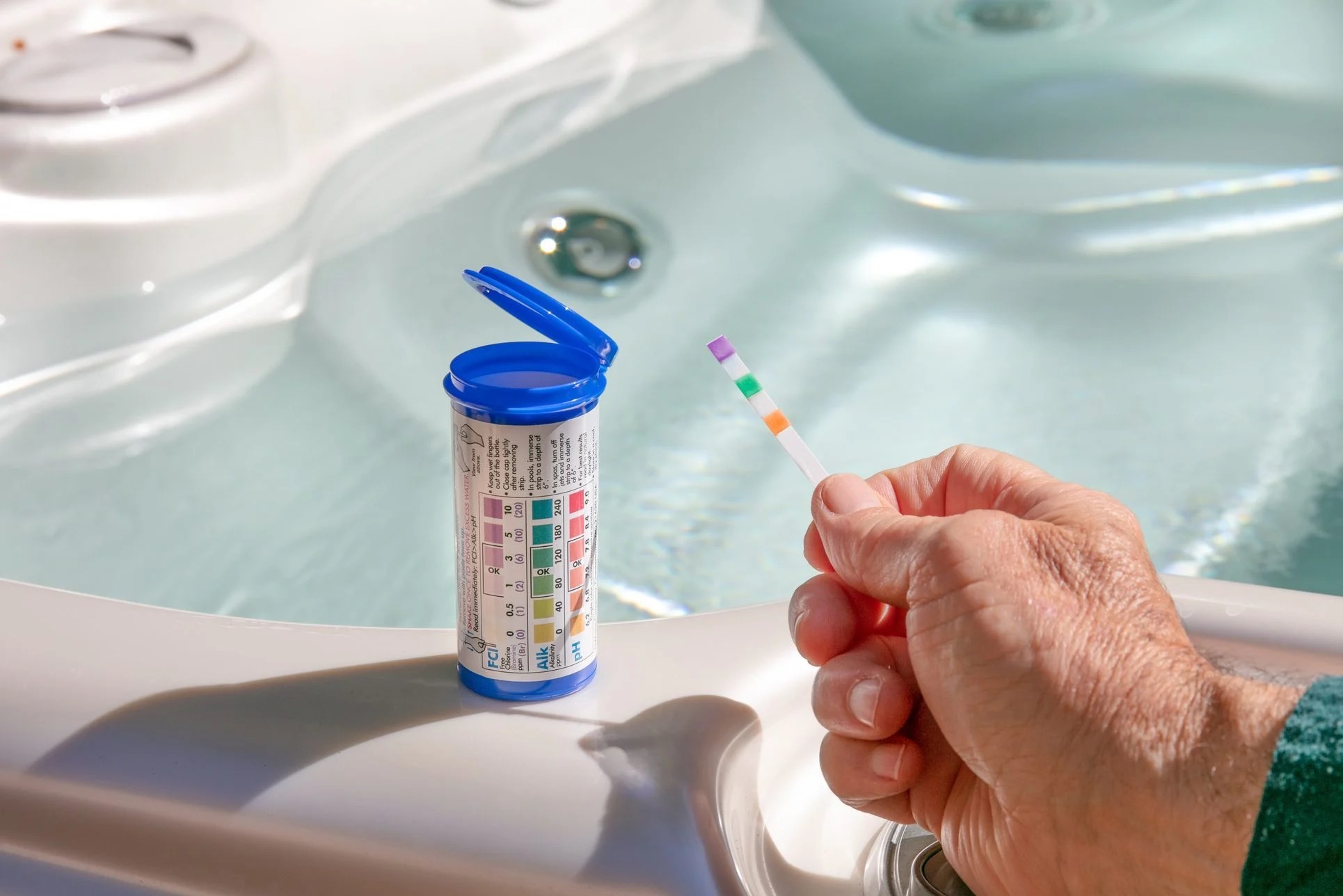
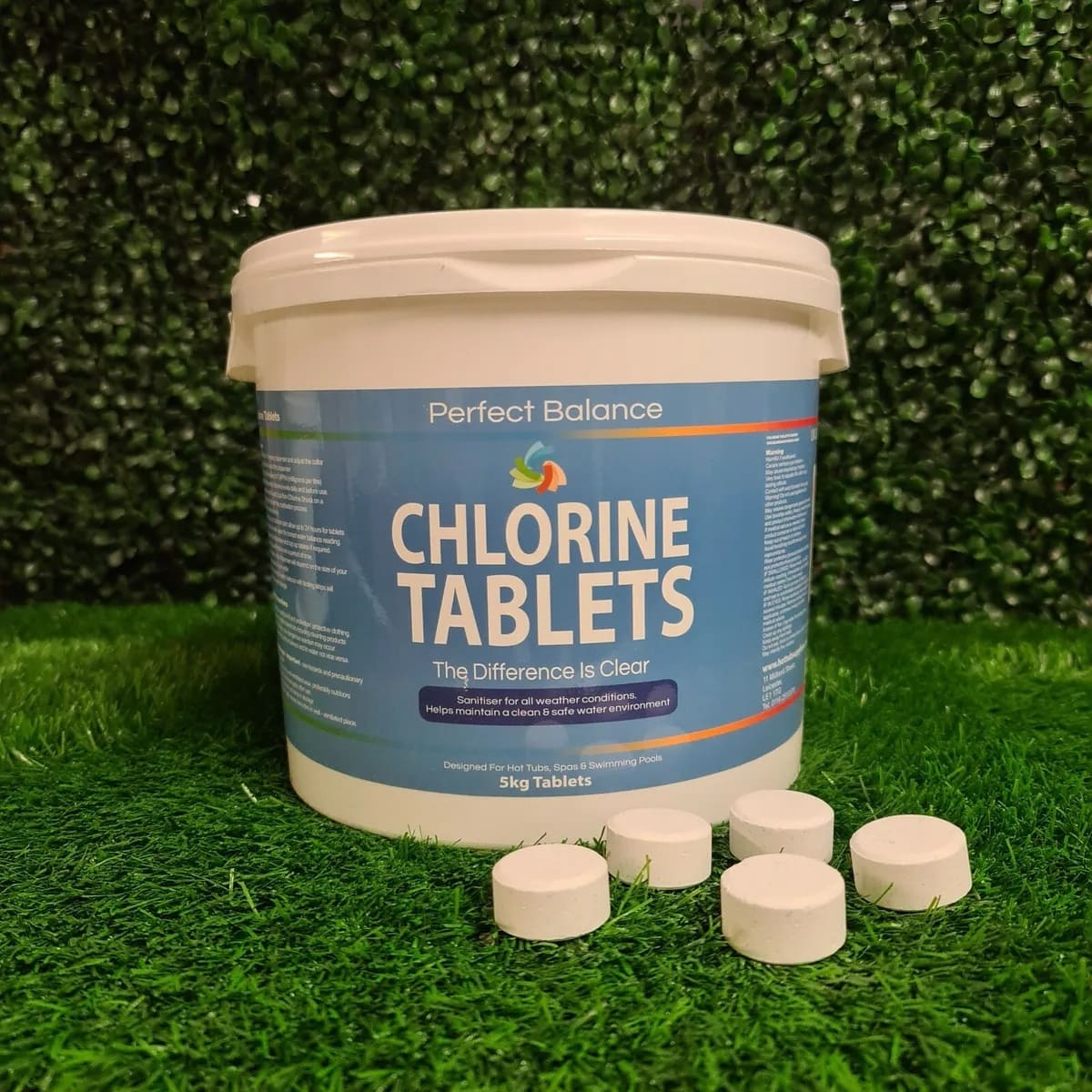
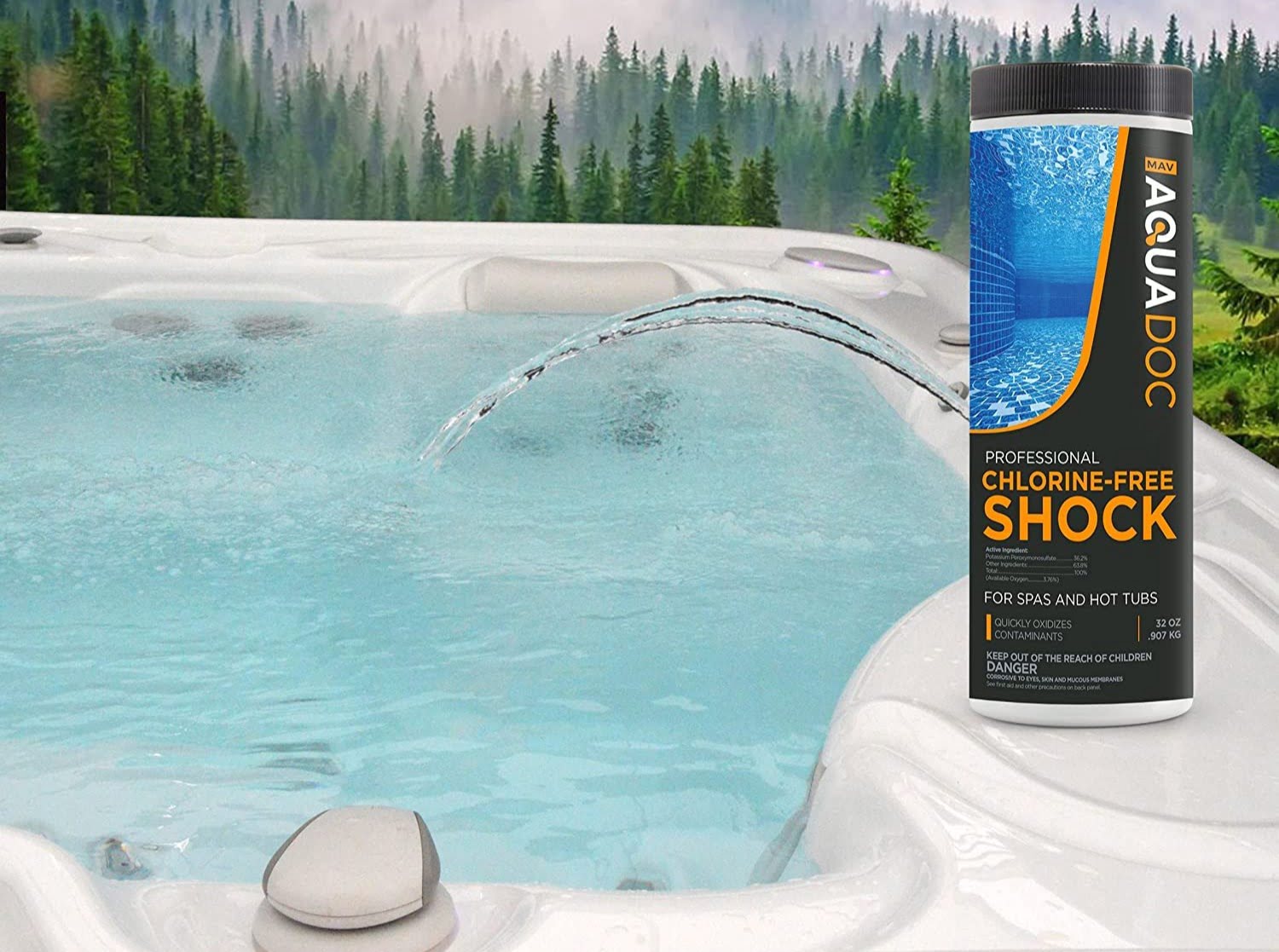
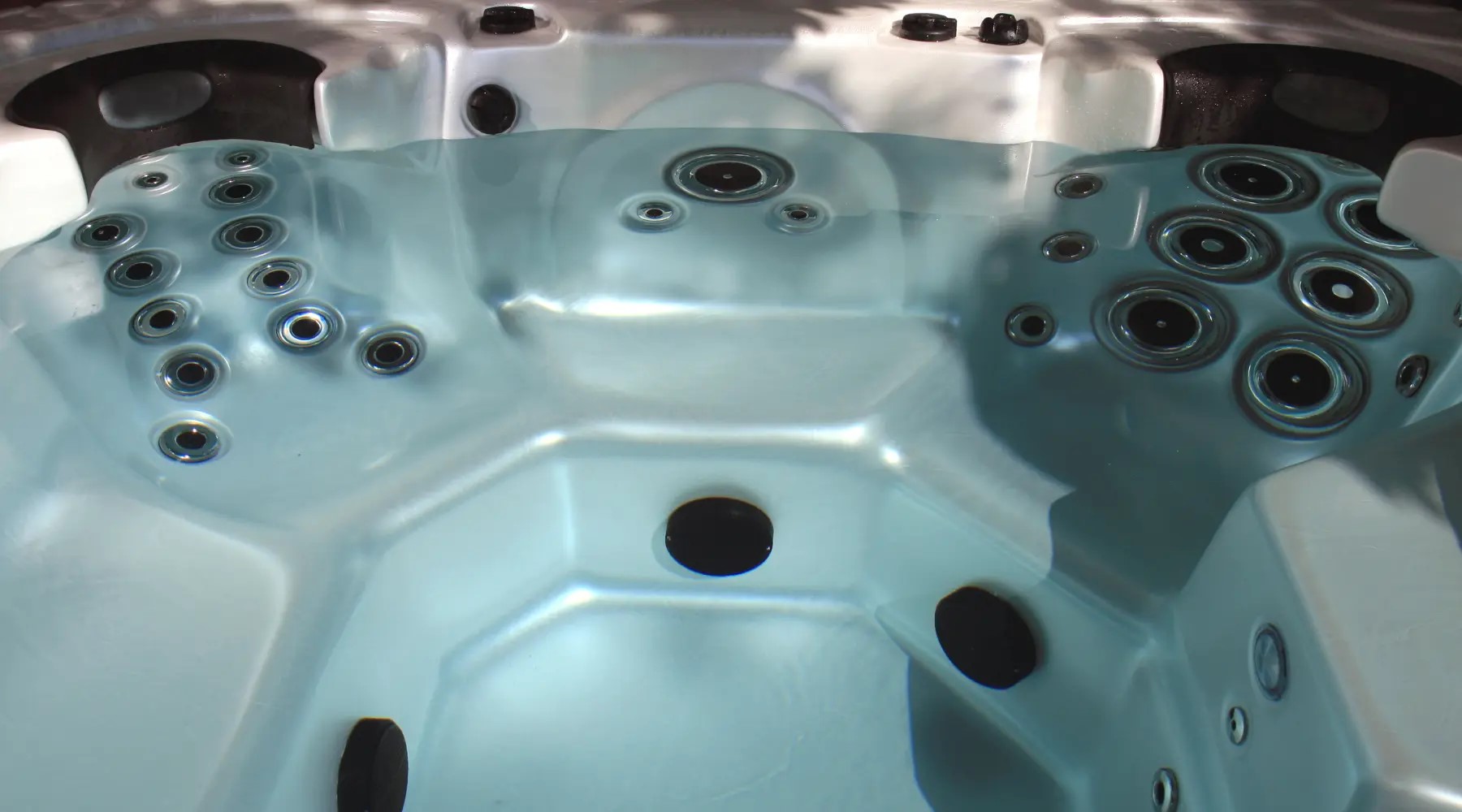
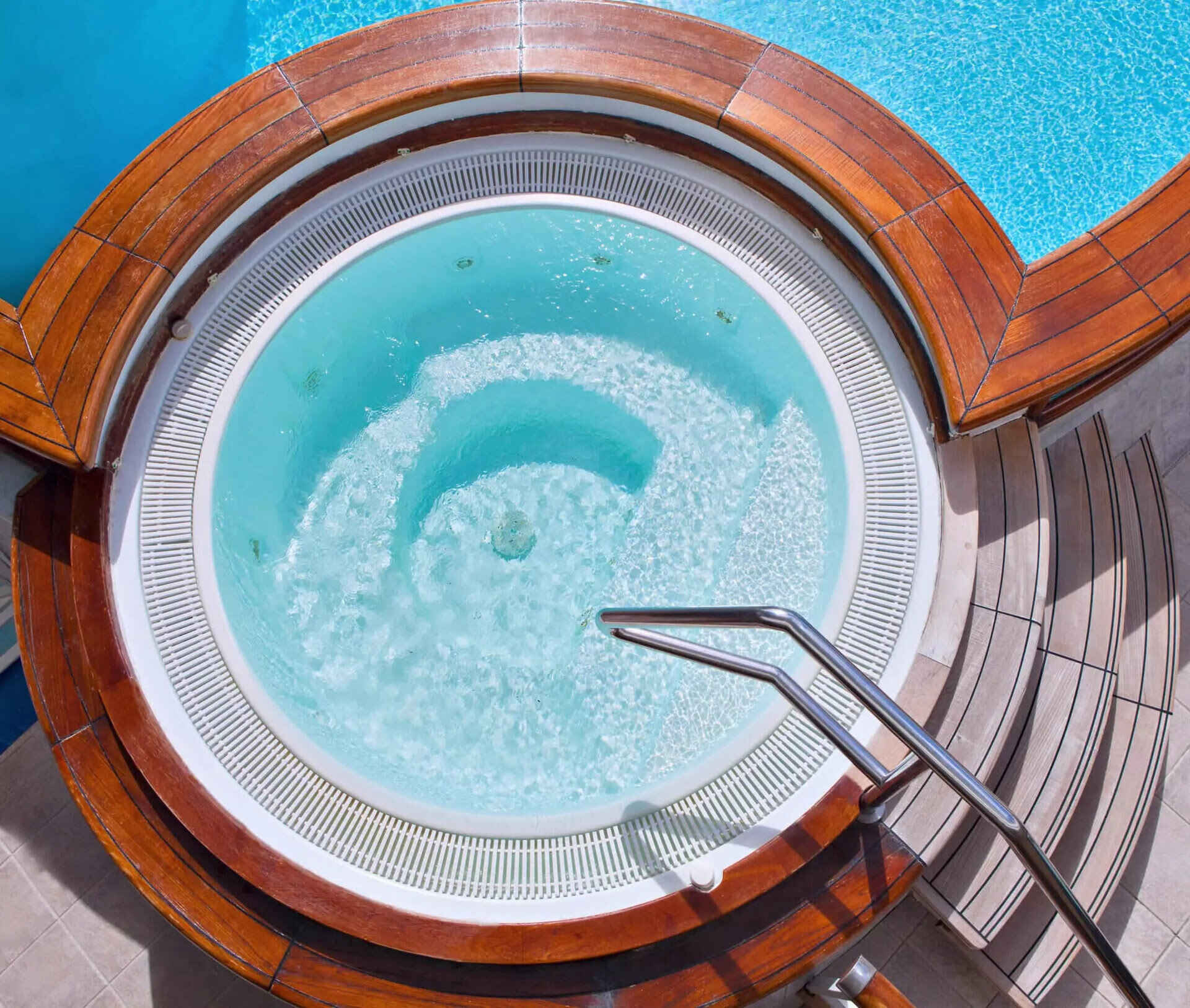
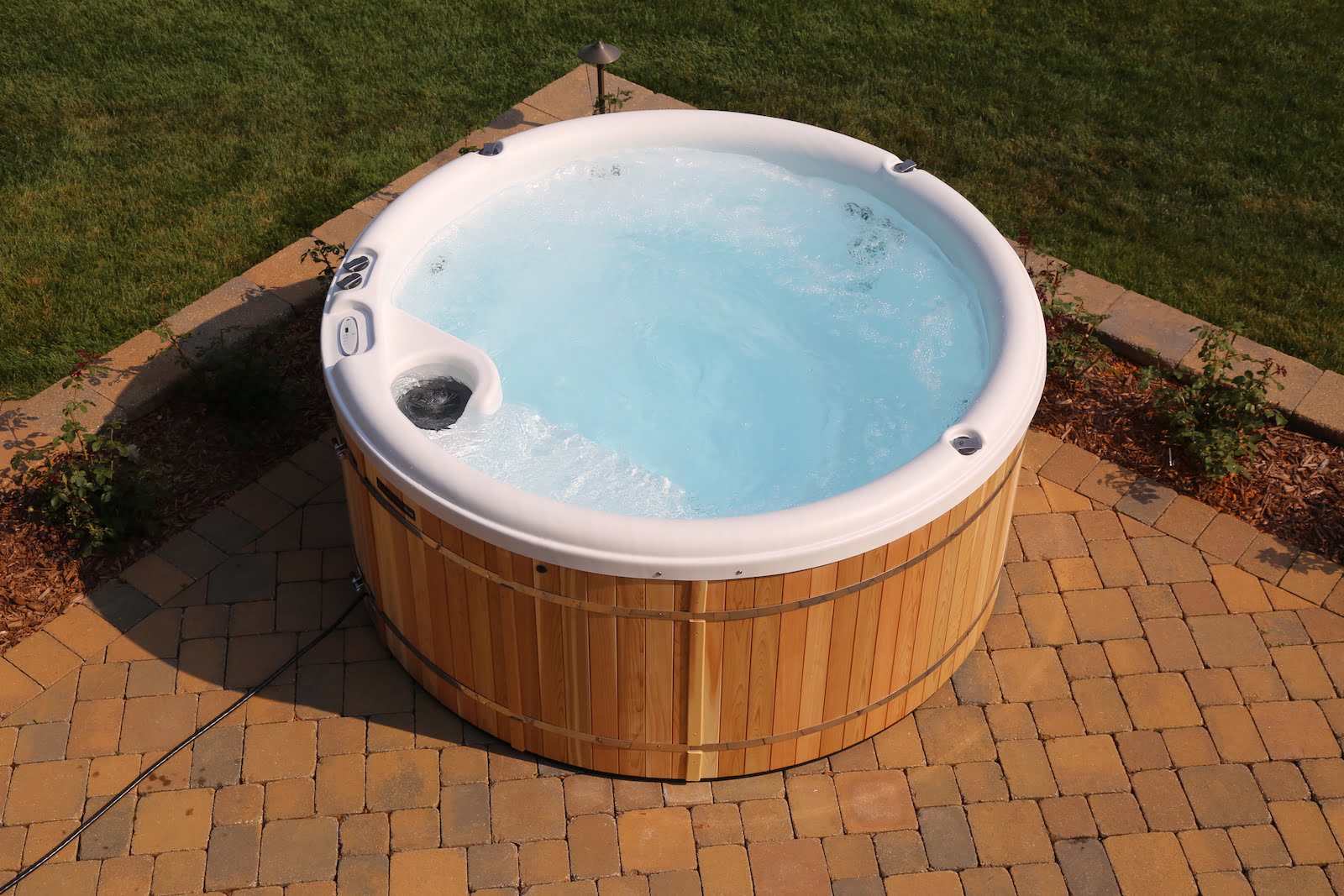
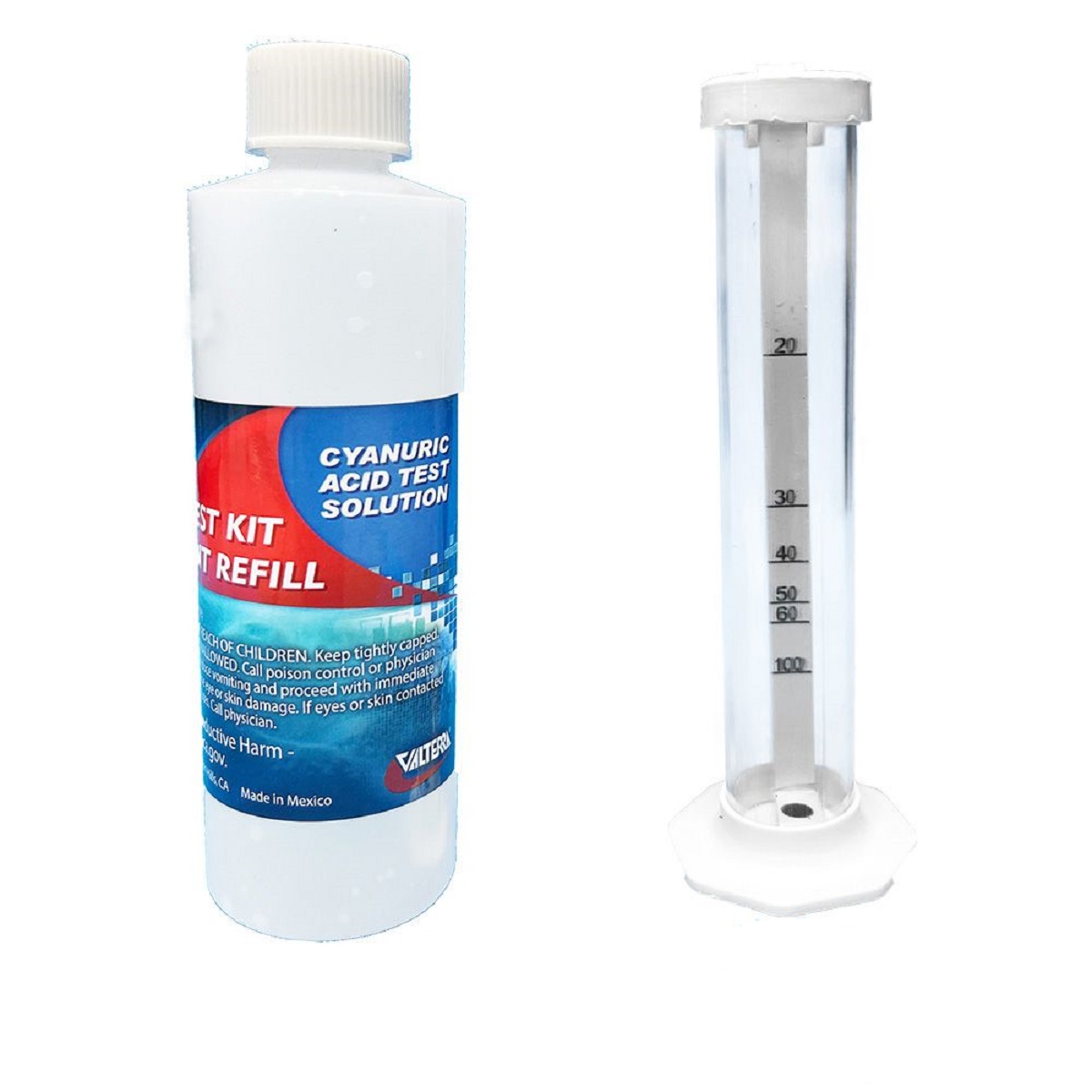
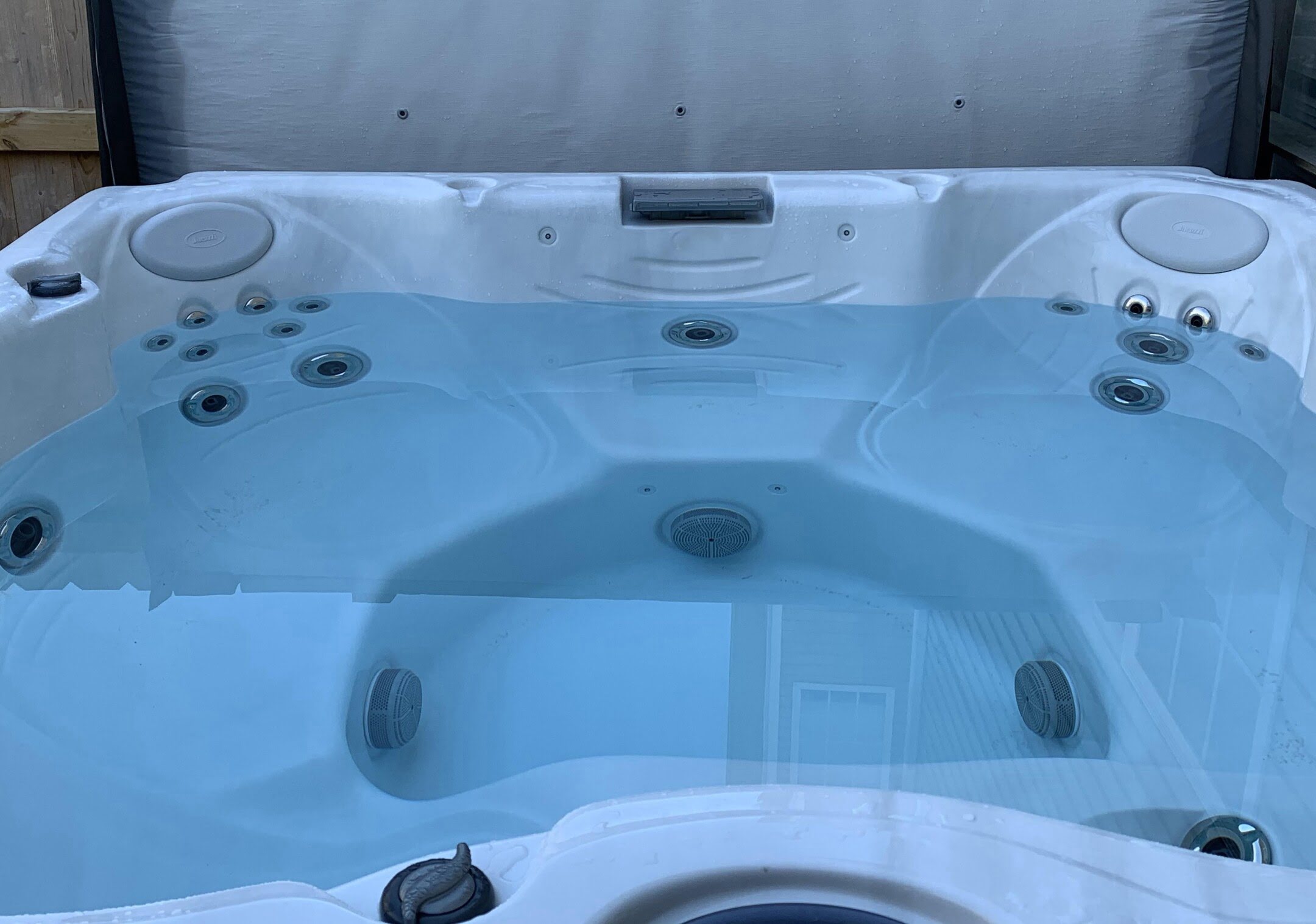
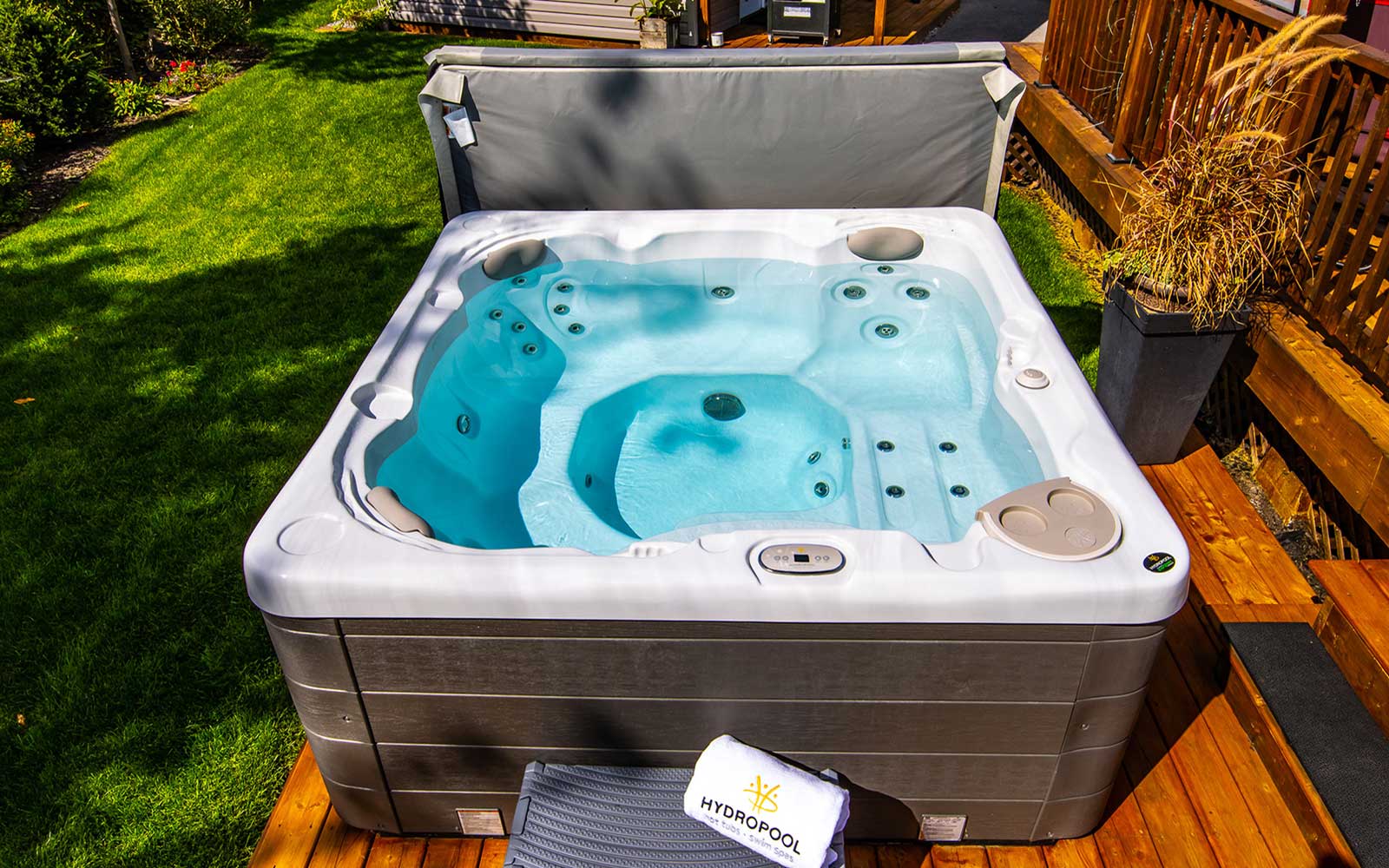

0 thoughts on “How Do You Lower The Chlorine Level In A Hot Tub”